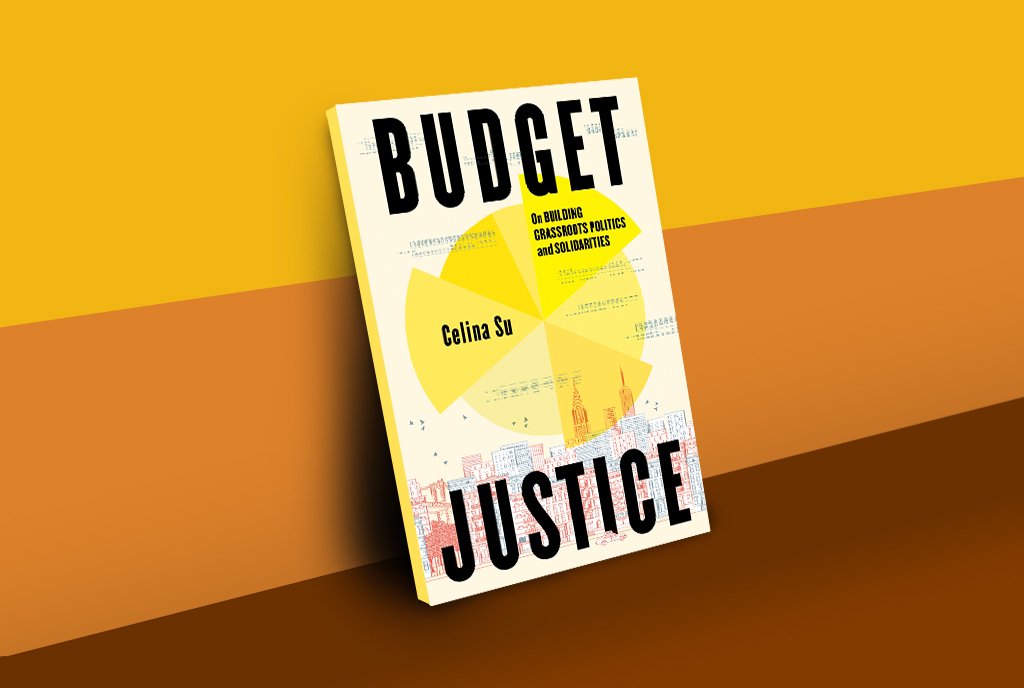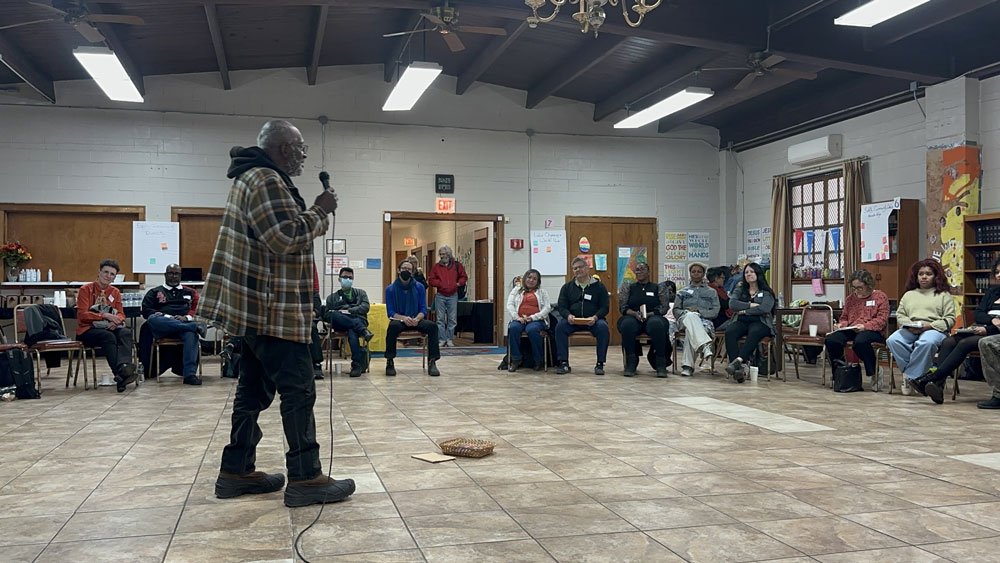
September 20, 2019; New York Times and Australian Broadcasting Company
Images from every continent show breathtakingly large crowds of young people participating in Friday’s international global climate protest in the run-up to today’s UN Climate Action Summit. Four million are estimated to have taken part worldwide, and some experts are calling it the largest climate mobilization ever.
The New York Times reports:
While it was impossible to determine exactly how many people protested worldwide, a preliminary analysis by the Times found several cities had turnouts in the range of 100,000 and many more in the tens of thousands. Rarely, if ever, has the modern world witnessed a youth movement so large and wide, spanning across societies rich and poor, tied together by a common if inchoate sense of rage.
In New York City, 250,000 turned out; in Berlin, Melbourne, and London, estimates were similarly in the hundreds of thousands. The action occurred across the globe—even in Antarctica, where the crowd was mainly scientists—with the focus on cities like Manila, Kampala, and Rio de Janeiro, where the groups were children and young people pleading for action to be taken to save the world they will inherit.
Sign up for our free newsletters
Subscribe to NPQ's newsletters to have our top stories delivered directly to your inbox.
By signing up, you agree to our privacy policy and terms of use, and to receive messages from NPQ and our partners.
Experts say that this movement is palpably different from other youth movements of the past. For one thing, the participants are younger and multicultural, as can be seen in the moving photographs published by the New York Times and Australia’s ABC, and they bring their whole selves to the fore. In Nairobi, a young black woman holds a sign declaring that the planet is getting hotter than “my imaginary boyfriend.” In Pakistan, young women lay in a heap under a sign saying, “There is no planet B!” And in New Delhi, a group of spirited young women clap and chant together. There are pictures from Thailand, Uganda, Croatia, Australia, and Greece—and in many of them, at center stage, are children from toddlers to teens calling on generations now in power to act.
At a time of fraying trust in authority figures, children—who by definition have no authority over anything—are increasingly driving the debate. Using the internet, young people are organizing across continents like no generation before them. And though their outsize demands for an end to fossil fuels mirror those of older environmentalists, their movement has captured the public imagination far more effectively.
“What’s unique about this is that young people are able to see their future is at risk today,” said Kumi Naidoo, the head of Amnesty International and a longtime campaigner for environmental issues. “I certainly hope this is a turning point.”
The urgency of the situation was reiterated yesterday in “United in Science,” a report from the UN World Meteorological Association and top climate scientists that indicates climate impacts are hitting more quickly and with greater effect than anticipated. “Strategies for mitigation and for upscaling adaptive risk management are necessary going forward. Neither is adequate in isolation given the pace of climate change and magnitude of its impacts,” states the report, which recommends that efforts to stem the tides be at least tripled.—Ruth McCambridge











